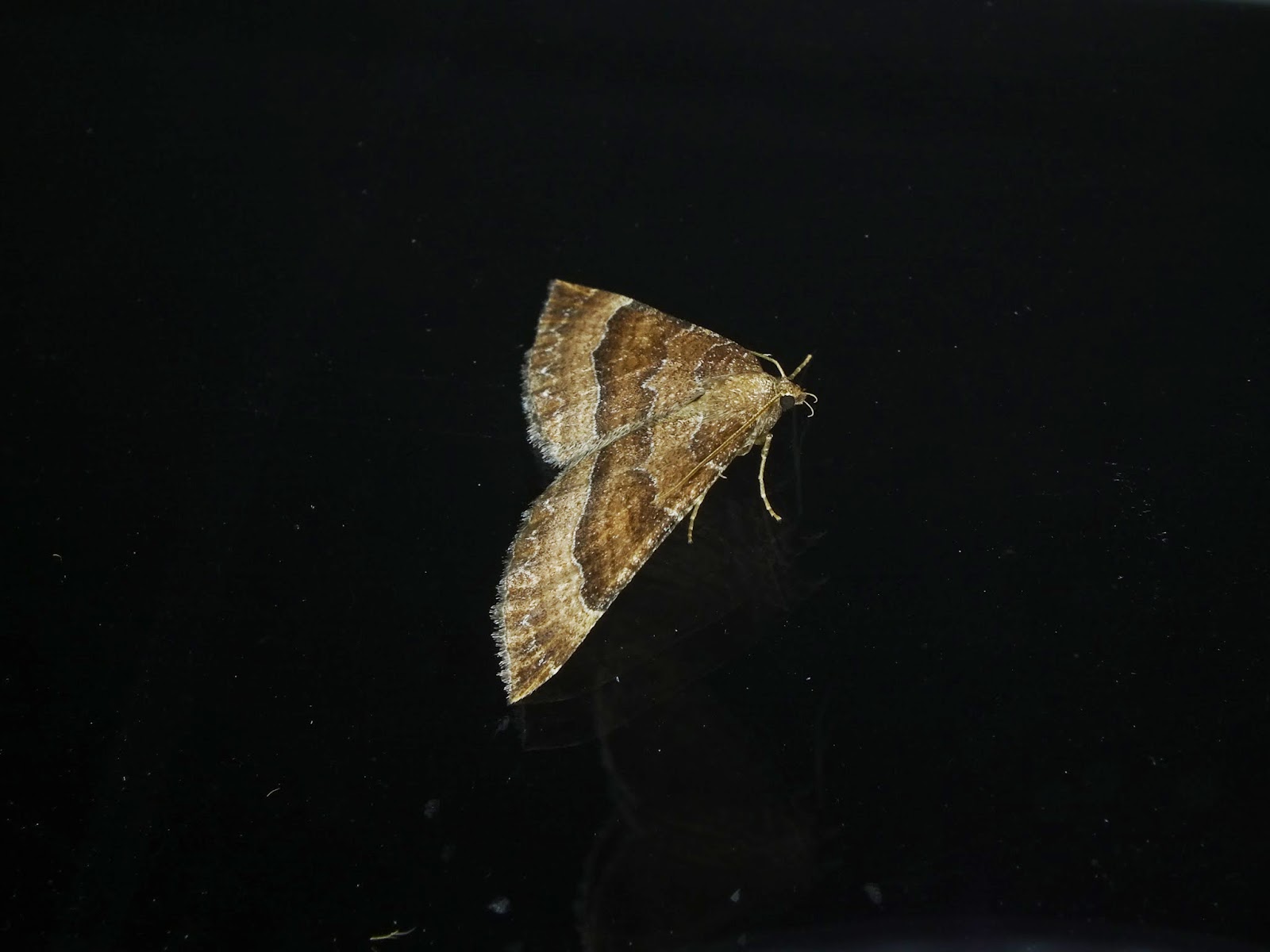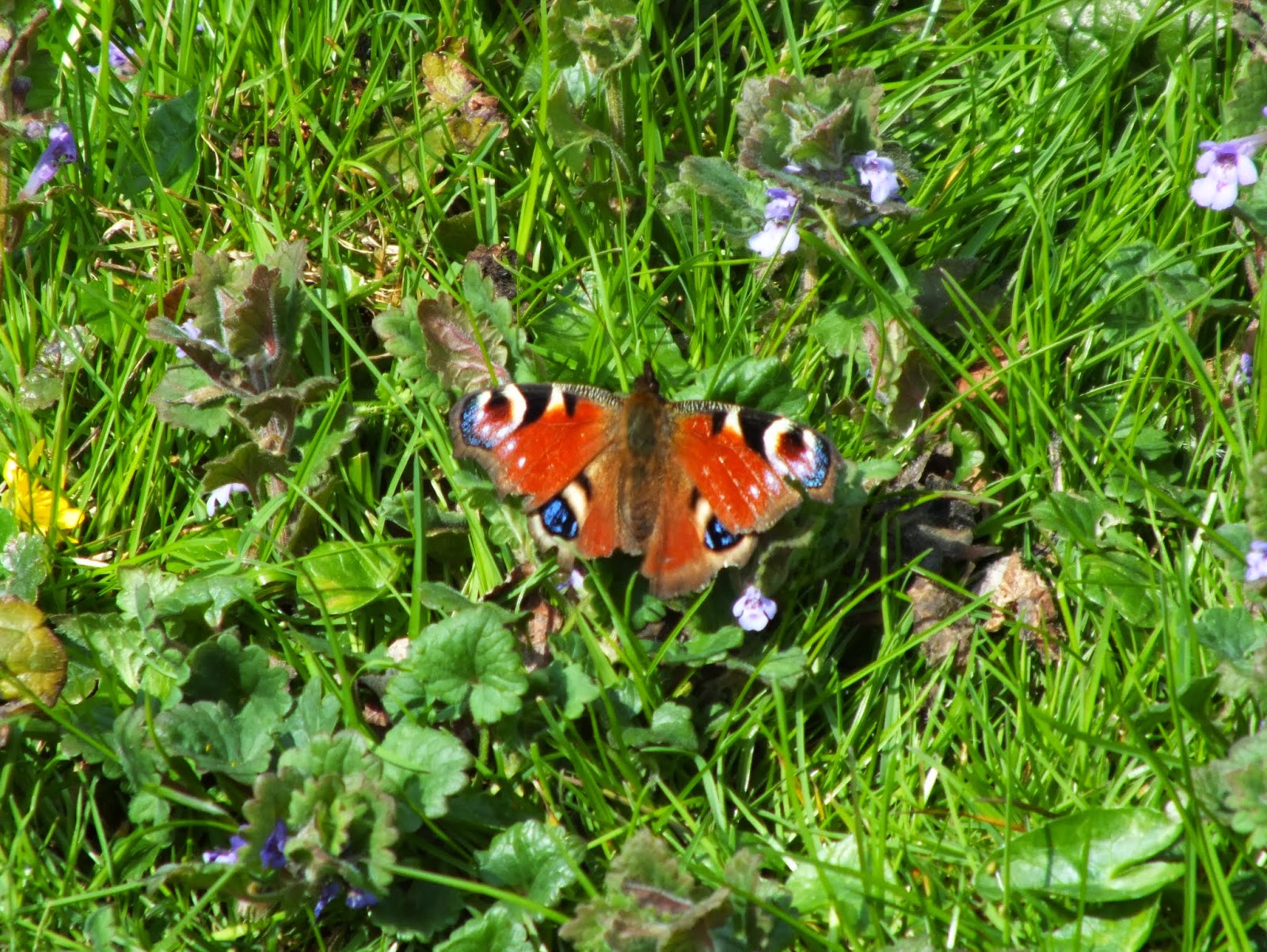Operation Sparrow
Tuesday, 5 May 2015
More birds than Minsmere?
Last year three of us got agonisingly close with 98 - oh how we cursed Bullfinch and Treecreeper. Suzanne was able to join us for a few hours this time round before work. The plan was a 4-ish start at Alton Water to mop up the singers, bump down to Lower Holbrook for low water lingering waders, then dip in to Stutton Mill and the Factory Roost at Brantham before working in the added bonus of some known promise on White Horse Marsh (on the back of Cattawade Marshes), before hitting the RSPB bit. Simple.
Conditions were blessedly dry with a south-westerly, which at times in the early morning was just a little too keen. Bar the nightingales at Alton Water, the dawn chorus was not overwhelming. A Barn Owl at 4.30am was the first bonus bird of the day having failed with them in 2014, but it took me until 4.55am to clean my ears out and finally hear a Tawny Owl. Last year, we had four different birds hooting simultaneously. The wind also kept the Cuckoo volume down and we left Alton Water with a third of one and perhaps more worryingly two-thirds of a Kingfisher. How one us failed to hear and then see a blue and orange flash right under our noses, we shall never know! 6am and we were on 45 species.
En route to Lower Holbrook, we made a brief stop in Stutton village to bag House Sparrow, Starling and Greenfinch. What is the world coming to when you have to factor in such a stop for three once super-common birds?
Holbrook Bay was kind to us with Whimbrel, Knot, Grey Plover and Ringed Plover out on the mud. A real bonus was a first-year Med Gull that Ed picked up among a small group of similarly-aged Common Gulls. Much to our relief, a Kingfisher flipped over the seawall to restore parity and as we headed back to the car, the only Sand Martin of the day whipped past. Before Suzanne left for work, she exercised her rights with a key to get us in to a Bullfinch-rich piece of woodland. Thanks Suzanne! Always a potential pitfall on a bird-race, Richard got us on to a Little Owl before we headed to the dam at Alton Water. 8.05am - 79 species.
Maintaining its reputation for being the armpit of spring migration, the only new bird we added at the dam was House Martin. The "there should be a Wheatear here" rabbit burrows on the dam slope were typically void of Wheatears.
Breakfast took the form of a Mars Bar, pork pie and a can of Red Bull (a combination I can recommend) which spurred us on to Stutton Mill. Once we hit 80, we knew that things would slow down and thoughts would turn to missed opportunities and species we could realistically add. A drake wigeon snoozing on the mud was almost overlooked and a Common Sandpiper were the highlights here. As we departed, a flyover Grey Heron turned out to be the only one that day and we may have missed that had we not stopped to chat to the local grazier.
The local male Marsh Harrier was number ninety for the day as we trotted down to the Factory Roost in Seafield Bay. The tide was rising and thoughts turned to waders like Barwit or Turnstone that had eluded us so far. As we stood on the seawall, a Water Rail squealed in the reeds behind us and we almost squealed in celebration! We failed with the waders.
Next, we pulled up at the RSPB office and whilst making a quick coffee, a Hobby blasted over and another Water Rail cranked up in the reedbed. Over the preceding week, White Horse Marsh on the Suffolk side of Cattawade Marshes, has been looking really good. Wood Sandpiper, Ruff, Greenshank, Shoveler and Teal had all been seen and all duly obliged - 97 before midday.
Exercising staff rights, we drove on to Cattawade where a Meadow Pipit squeaked on a post right next to us and Avocet were obvious. Scanning the loafing group of Tufted Duck, there sat our prize, a female Pochard taking us to the hundred at 12.30. Joy all round, but it begged the question, what do we do next? Realistically, there were very few birds left that we could consider "guaranteed" locally. We hadn't seen Great Black-backed Gull, so decided to check Hogmarsh behind the Co-Op in case one had decided to sit on the high tide roost. The tide was right up, which made that a non-starter. However, scoped about a kilometre from us by Richard was a gang of Turnstone roosting on the bow-sprit of a moored boat. The blackwits on Hogmarsh then went nuts when a Peregrine pitched up, taking us to 102.
Given that we had reached our target, we decided to stretch the boundary a bit and head for Flatford for Grey Wagtail and Turtle Dove. We ended up walking back to Cattawade, patiently staking out a Turtle Dove gritting area. Regrettably, the number of walkers meant this didn't work out. Three hours were spent without adding another species, but as we headed back to Flatford a Cuckoo cranked up, lifting us to 103. Perseverance paying off.
We knew that Turtle Doves were likely at Stutton Ness, and Bradfield Bay or another go at Holbrook Bay could garner the gull or a bar-wit, but a sense of acheiving the milestone 100 in such a small area around a fabulous estuary and the fact that we had been on the go for 13 hours, made us decide to call it a day. But not before we wangled a Great Spotted Woodpecker to take us to 104.
Tuesday, 14 October 2014
Sixty!
Friday, 10 October 2014
Windy but worth it
..and the second Grey Shoulder-Knot.
Sunday, 5 October 2014
And the record falls
In a little over an hour, I noted 27 moths of 12 species, with three new for the season. That takes the total in twenty visits since the 20th August to 55 species, taking us past last year's effort of 53. We are well on target to get to sixty, but I would settle for 54 mind, if that was a Merveille du Jour!
Totals as follows:
Angle Shades - 6
Common Marbled Carpet - 3
Grey Shoulder-knot - 1
Lunar Underwing - 5
Yellow-line Quaker - 1
Dusky-lemon Sallow - 1
Square-spot Rustic - 2
Brick - 4
Large Yellow Underwing - 1
Beaded Chestnut - 1
Deep-brown Dart - 1
L-album Wainscot - 1
Saturday, 20 September 2014
Night time macro photography for beginners
However, last week, I dusted off the cheap (less than £20) ring-flash I had bought a few months ago and decided to give it a try whilst out recording moths on ivy. Here's a Large Yellow Underwing taken on auto setting as an example:
On Wednesday, I invited Steve Plume to join Tony and I to see what he could manage. His ring-flash rig cost a little short of £500! He gave me a few handy hints about various settings (which for a change I actually understood). His snort of derision when he saw the 'auto' setting said it all. Here are a couple of images post-5 minute masterclass
Saturday, 30 August 2014
Ivy League - season three
"Everything is early this year" is the naturalists refrain, in complete contrast to last year - remember the non-existent spring?
Tonight was the fifth night the Stutton Moth Group (membership of two) had roamed the lanes checking the ivy flowers since the 20th August. Last year the flowering didn't start until the 12th September.
With flowering so early, we have been picking up a few late summer species, but the commonest three remain Large Yellow Underwing, Square-spot Rustic and Angle Shades. Intriguingly, Flounced Rustic, which would be verging on abundant in the moth trap, is a species we have never recorded on ivy.
Last year we recorded 53 species around the village on ivy, so far this season we are on 28. New species tonight were Small Dusty Wave and a tatty Cloaked Minor. If we continue along these lines we should break the 60 barrier.
This really highlights how import ivy is as a nectar source for moths. By day, a seemingly endless stream of invertebrates descend on their flowers and this carries on at night.
Sunday, 13 April 2014
Slivers of gold and a dessicated weasel
Birds were going to be a bit of a side issue. I had my bird fix earlier in the morning with a summer-plumaged Slavonian Grebe in Holbrook Bay and my first Willow Warbler of the year near Stutton's very own Wolves Wood (not the RSPB one near Hadleigh).
Over the last couple of days, I have discovered a smart little moth Eriocrania subpurpurella. It's a shiny little gold chap, the larvae of which mine oak leaves. It is quite common, but understandably over-looked. Now I have seen it once, they keep popping up whenever I find myself under an oak tree with a bit of herbage around it for the males to lek on. Well that is what they seem to be doing when the sun is out. Some of the day-flying micros really do warrant a closer look.
When we got down to Stutton Ness my attention was drawn to the bare soil at the base of a fallen oak. As part of my tentative steps towards learning a bit more about bees and wasps, this seemed a likely spot.
Sure enough, my instincts proved correct. There was a bee-fly charging around (with apologies for image quality - just a point and shoot job):


























